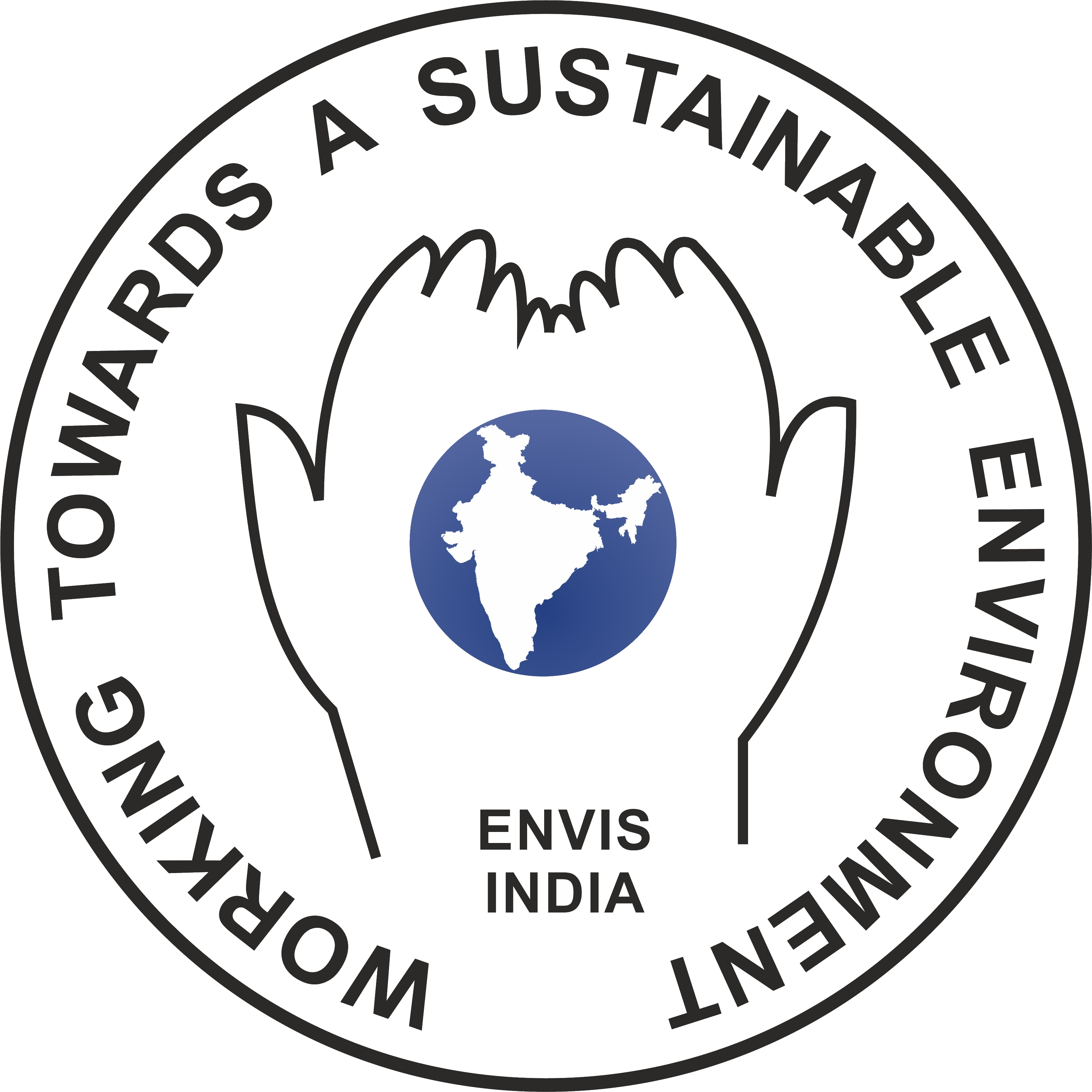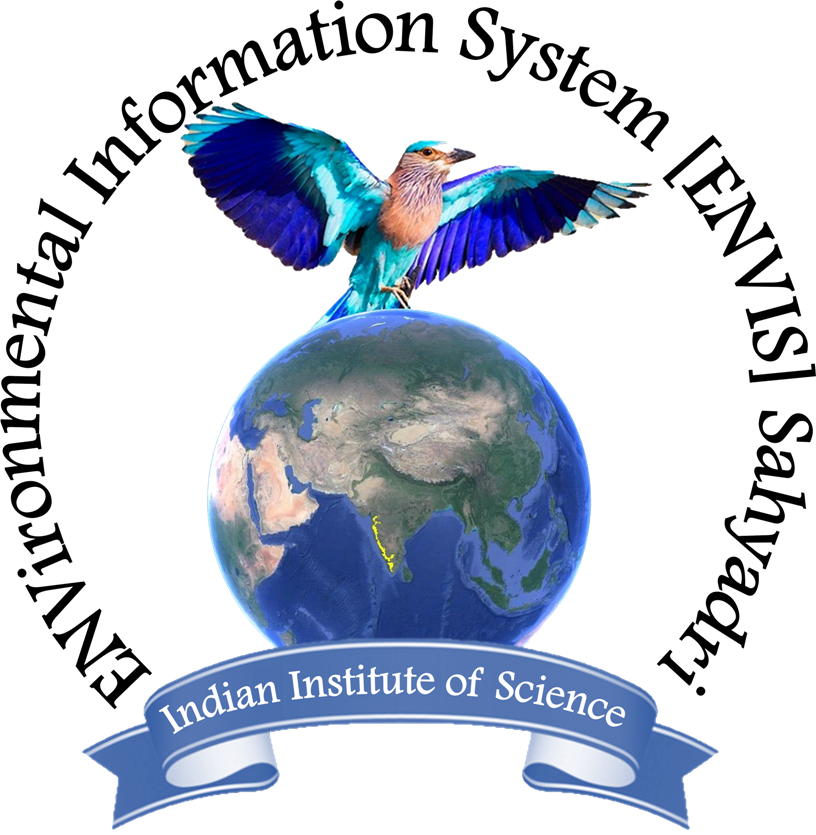Integrated Wetlands Ecosystem at Jakkur Lake, Bangalore: Optimal Wastewater TreatmentCite
Ramachandra T.V., Durga Madhab Mahapatra, Sudarshan P. Bhat, Asulabha K.S., Sincy Varghese, Bharath H. Aithal
ENVIS[RP], Environmental Information System, Energy and Wetlands
Research Group,
Centre for Ecological Sciences, Indian Institute of Science -
560012
envis.ces@iisc.ac.in
tvr@iisc.ac.in Phone:
080 22933099/22933503
4.0 Integrated Wetlands Ecosystem
Integrated wetlands system at Jakkur consists of i) treatment plant (treats sewage partially before letting to wetlands, ii) constructed wetlands consisting of macrophytes, iii) algal pond and v) lake (figure 2). Jakkur lake with wetlands is manmade and constructed about 200 years ago to meet the domestic and irrigation water requirement of Jakkur village located about hundred meters south west in the downstream of the lake (figure 3). The lake used to be perennial containing water all 12 months due to vegetation cover in its catchment. The lake was a source of livelihood to poor farmers and washer men. Even today during potential fish growth seasons, fish cash is estimated to be as high as 500 kgs per day. Twelve to fifteen dhobi (washer men) families are also dependent on the lake for washing cloth daily. In the command area of the lake agriculture and horticulture (coconut, banana and mango plantations) was practiced and remnants of these plantations could be seen even today in the region. Rapid urbanisation in recent times has led to large scale land use changes leading to an increase in paved surfaces. This has resulted in the decline of infiltration ability of the capacity resulting in lake retaining water for 8-9 months. Lake receives partially treated sewage daily with the implementation of sewage treatment plant in the upstream of the lake, near the inlet of constructed wetlands. Water flows from the treatment plant (in the north) towards the outlets in the south of the lake. Catchment and command area of the lake was mainly agrarian during pre-ninety's, are now dominated by urban land uses. Around the lake are different kinds of human activities, such as banana plantations, slums, a golf course, and newly built residential buildings.

Figure 2: integrated wetlands ecosystem: Sewage treatment plant, wetlands (macrophytes and algae pond), Jakkur lake (source: Google map)



 Sahyadri ENews Issues: I - LXXVIII
Sahyadri ENews Issues: I - LXXVIII
